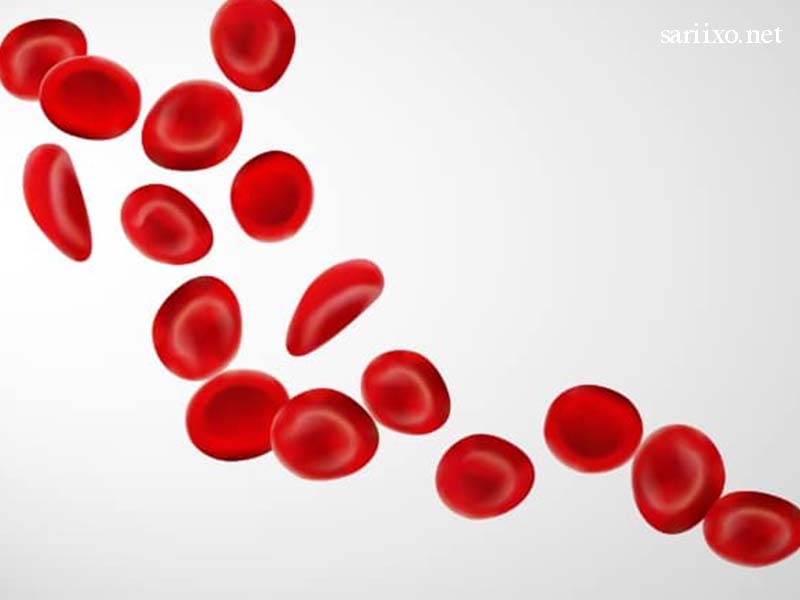Bloodborne pathogens are infectious microorganisms present in human blood that can cause disease in humans. For healthcare workers, exposure to these pathogens is a serious concern due to the nature of their work. Understanding the most common risks associated with exposure to bloodborne pathogens is essential for healthcare professionals to implement effective preventive measures, ensuring their safety and that of their patients. This article delves into the primary risks faced by healthcare workers, the nature of bloodborne pathogens, and the best practices to minimize exposure.
What Are Bloodborne Pathogens?
Bloodborne pathogens include a range of microorganisms that can lead to serious health conditions. The most well-known bloodborne pathogens include:
- HIV (Human Immunodeficiency Virus): This virus attacks the immune system, potentially leading to AIDS (Acquired Immunodeficiency Syndrome).
- HBV (Hepatitis B Virus): A serious liver infection that can lead to chronic disease and increases the risk of liver failure and liver cancer.
- HCV (Hepatitis C Virus): Primarily affects the liver and can lead to chronic infection, cirrhosis, and liver cancer.
Healthcare workers are at risk of exposure to these pathogens through various routes, primarily through injuries and direct contact with contaminated blood or bodily fluids.
Common Risks of Exposure
Needlestick Injuries
One of the most common risks of exposure to bloodborne pathogens for healthcare workers is needlestick injuries. These injuries occur when a needle used for injections or drawing blood accidentally punctures the skin. According to statistics, needlestick injuries account for a significant percentage of bloodborne pathogen exposures.
Key Points:
- Prevalence: Studies indicate that approximately 1 in 3 healthcare workers may experience a needlestick injury at some point in their career.
- Increased Risk Areas: Emergency departments, surgical units, and laboratories have higher incidences of needlestick injuries due to the high volume of sharps used.
- Consequences: If the needle was previously used on an infected patient, the risk of contracting a bloodborne pathogen significantly increases.
Contaminated Equipment
Healthcare workers frequently handle various types of equipment, some of which may become contaminated with blood or other infectious fluids. Improper handling or cleaning of this equipment can lead to exposure.
Key Points:
- Types of Equipment: Equipment such as syringes, scalpels, and other sharp instruments pose significant risks if not handled correctly.
- Cleaning Protocols: Failure to adhere to strict cleaning protocols increases the risk of cross-contamination and exposure to pathogens.
- Training: Regular training on the safe handling of equipment is crucial for minimizing risks.
Exposure Through Mucous Membranes
Healthcare workers can also be exposed to bloodborne pathogens through mucous membranes, including the eyes, nose, and mouth. This type of exposure can occur when infected blood or bodily fluids splash into these areas.
Key Points:
- Accidental Splashes: During procedures that involve blood or bodily fluids, splashes can happen unexpectedly, leading to potential exposure.
- Protective Equipment: The use of personal protective equipment (PPE) such as goggles, masks, and face shields is essential to prevent exposure through mucous membranes.
- Immediate Actions: If exposure occurs, immediate washing and reporting procedures should be followed to minimize the risk of infection.
Poor Work Practices
Inadequate safety practices and lack of adherence to protocols can significantly increase the risk of exposure to bloodborne pathogens.
Key Points:
- Neglecting PPE: Failing to wear appropriate PPE, such as gloves, gowns, and masks, during procedures involving potential exposure can lead to infections.
- Unsafe Disposal: Improper disposal of needles and sharps increases the risk of needlestick injuries, both for the worker and others in the vicinity.
- Inadequate Training: Insufficient training on safety protocols and proper handling of bloodborne pathogens can lead to higher exposure rates.
Exposure During Patient Care
Healthcare workers often work with patients who may carry bloodborne pathogens, making patient care a significant risk factor for exposure.
Key Points:
- Assessment: Regular screening and assessment of patients for bloodborne pathogens can help identify risks.
- Invasive Procedures: Procedures such as blood draws, surgeries, and dental work increase the likelihood of exposure.
- Communication: Effective communication among healthcare teams about patient risks and proper protocols can mitigate exposure risks.
Preventive Measures
Use of Personal Protective Equipment (PPE)
Wearing appropriate PPE is crucial for minimizing exposure to bloodborne pathogens. This includes gloves, masks, gowns, and face shields, tailored to the specific tasks performed.
Safe Needle Practices
Implementing safe needle practices can significantly reduce the risk of needlestick injuries. This includes:
- Using Safety-Engineered Devices: Devices designed to reduce the risk of needlestick injuries should be prioritized.
- Immediate Disposal: Needles should be disposed of in designated sharps containers immediately after use.
- Avoiding Recapping: Avoid recapping needles unless absolutely necessary, and always use a one-handed technique if recapping is required.
Regular Training and Education
Continuous education on the risks associated with bloodborne pathogens and the latest safety practices is vital for healthcare workers. This should include:
- Initial and Ongoing Training: Training sessions should be conducted for all staff, covering exposure risks and preventive measures.
- Emergency Protocols: Workers should be familiar with emergency procedures in case of an exposure incident.
Proper Cleaning and Disinfection Protocols
Healthcare facilities must have stringent cleaning and disinfection protocols in place to minimize the risk of exposure from contaminated surfaces and equipment.
Vaccination
Vaccination is a crucial preventive measure, especially for hepatitis B. Healthcare workers should receive vaccinations according to CDC guidelines and be encouraged to keep their vaccination records up to date.
Conclusion
The risks associated with exposure to bloodborne pathogens are significant for healthcare workers. Understanding the most common exposure risks—such as needlestick injuries, contaminated equipment, exposure through mucous membranes, poor work practices, and patient care—enables healthcare professionals to take proactive measures in protecting themselves and their patients.
By adhering to safety protocols, using appropriate PPE, and engaging in regular training and education, healthcare workers can significantly reduce their risk of exposure to bloodborne pathogens. It is essential for healthcare facilities to foster a culture of safety and awareness, ensuring that every worker is equipped with the knowledge and tools needed to prevent exposure. The health and safety of both healthcare workers and patients depend on effective measures to mitigate these risks, creating a safer healthcare environment for all.



